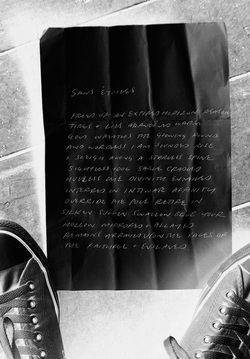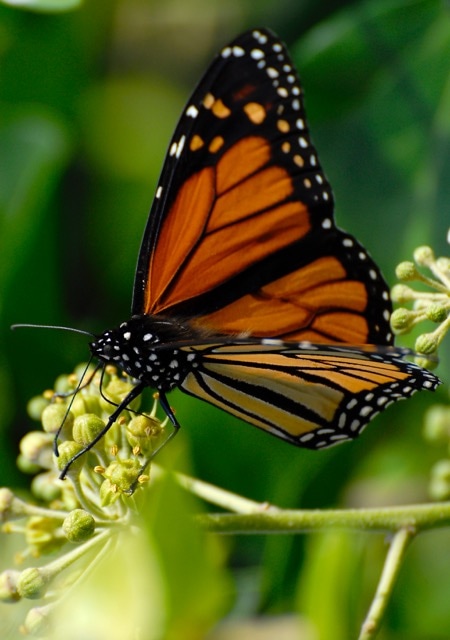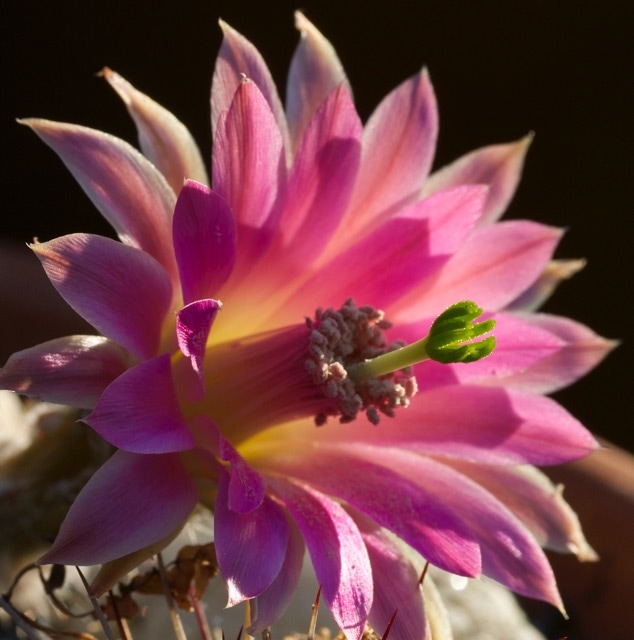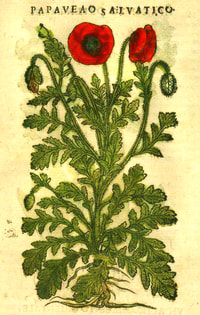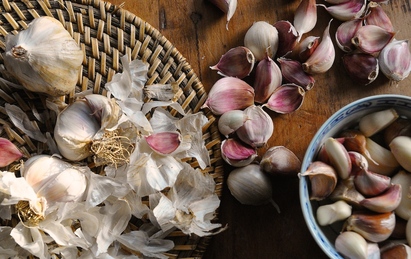
We've been growing our own garlic for about 6 years now, favouring a local heritage Printanor-type pink skinned variety, yes in part because of the wank value but mostly because of its superior taste and resistance to things like rust, since we don't spray or much bother with strenuous shit like active cultivation. These plants will have to pretty much look after themselves once we've done them the tremendous favour of sticking them in dirt, so if you're lazy or organically inclined, we advise you ask around about tried and true varieties in your area. Don't rule out modern strains if you've heard good things, though.
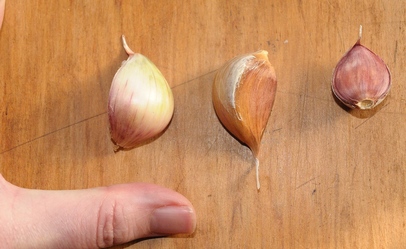
Anyways. What you're seeing to the right here are examples of the garlic I'm about to plant (L 2 R) nice big Printanor clove from my mother's garden, a robust brownish-papered variety from a friend's crop (thanks Jared) and one of my own crappy little cloves from the last harvest. Choose the fattest cloves from the outside of your bulbs, avoiding any that are fungal, holed, budding weirdly or bruised. Some peeps peel theirs but I don't think this makes a difference to strike or yield. I've often wondered if clove size really does matter, so I'll be keeping an eye on this crop with that in mind.
| < How much space do you need? Spread you fingers to their widest extent; each clove will need about this much hand room of its very own. You don't have to do pedantic rows and garlic takes up less space per plant than many vegetables, but don't overcrowd- you'll just end up with wimpy unproductive plants. I pay out the cloves onto the ground in very rough order to work out how much bed I'm going to need- it's as good a method as any. This is about 80 cloves and they ended up, once planted, needing about a meter and a half square. You could plant a little tighter in a pinch, and quite a bit wider if you're after competition garlic. BELOW RIGHT Always remember to plant the cloves with their basal plate (the bit where the roots come out) downwards in the soil; i.e. with the pointy end upward. Your soil should be tilled enough for you to be able to push them in gently, so if you're squishing or forcing the cloves down, that's a fail. There are as many theories about planting depth as there are gardeners, but we prefer to just cover them with a light sprinkle of soil so that they're barely hidden from view. I don't think it's crucial, so don't panic if you've gone a little deeper. |
| BELOW Once the cloves are tucked away, it's time to stake out and cover the plot. Garlic can take a while to emerge and weeds can obscure the baby plants, so mark out the bounds of the crop with sticks or stakes. When the leaves start to show, fert it and mulch it; we'll use browned-off pine needles for this because they're free and local. Do not forget to cover the plot with something or the birds will come sailing down as soon as your back's turned and trash all your hard work looking for worms. Every time. | < We chucked a few greenhouse shelves and idle bamboo canes over it to foil the blackbirds, which is lazy and unsightly but perfectly effective. Any netting or substance that will let light through and discourage digging will be fine. Okay! You've planted garlic! Now sit back and wait. You should see strap-like, upright leaves in a month or two from now. Keep them watered and weeded and you'll end up with a whole lot of pungent deliciousness come midsummer. I'll be posting more practical, non-aspirational (lol) gardening tips from spring onwards and will update this crop for the benefit of constant readers, so please stay tuned. |

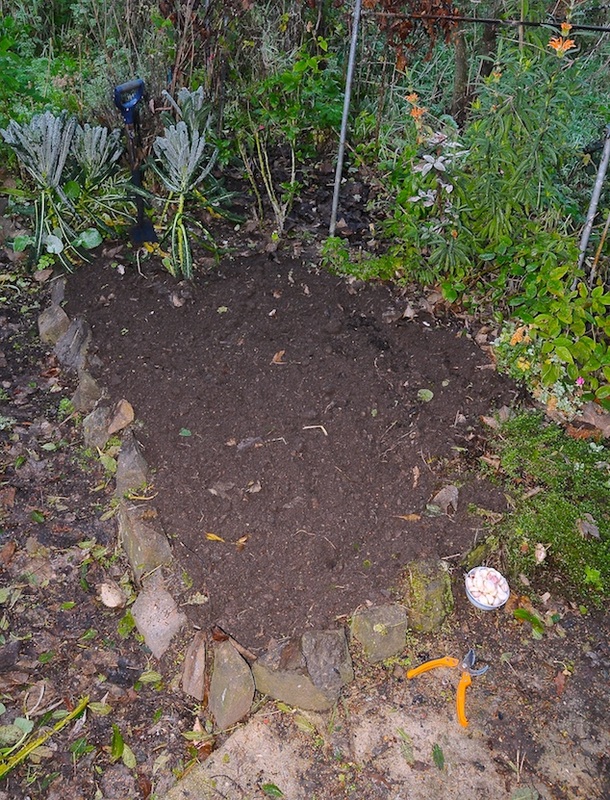
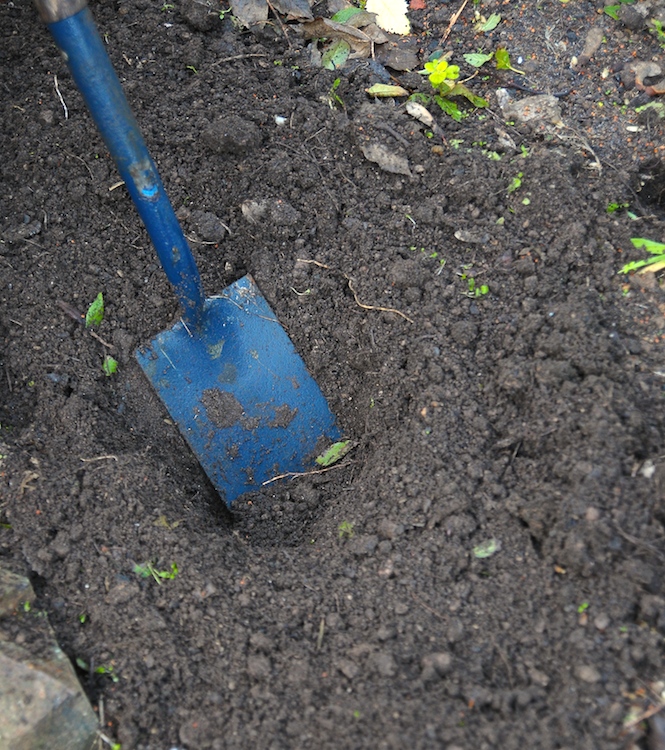
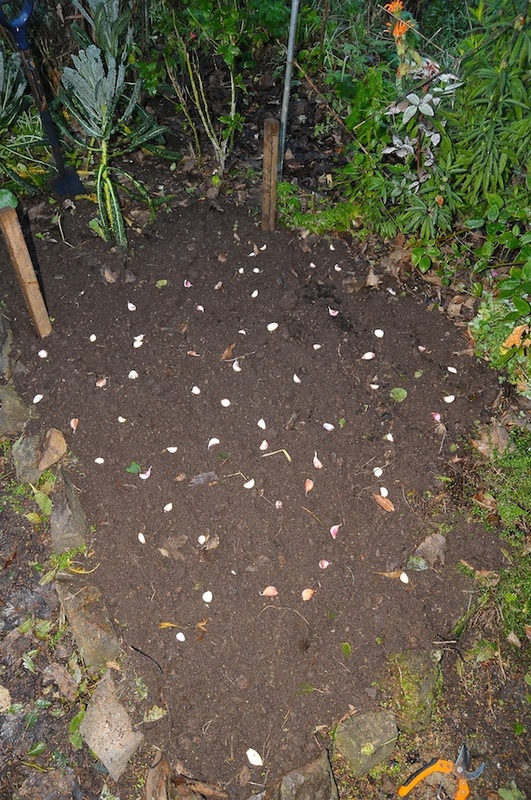
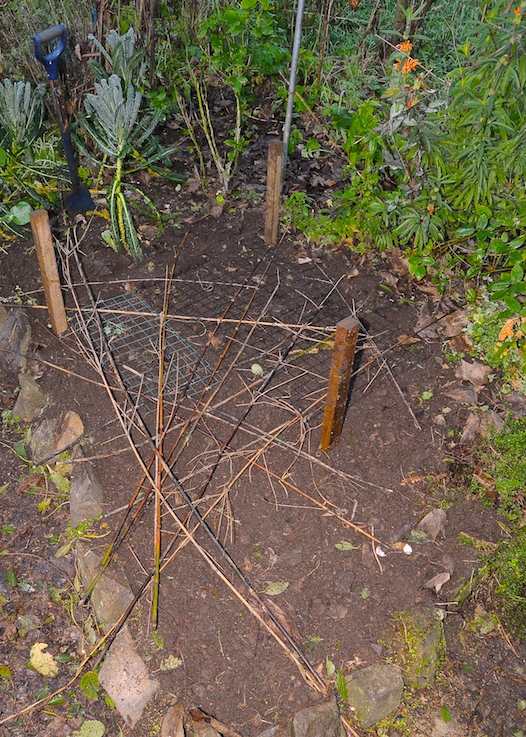
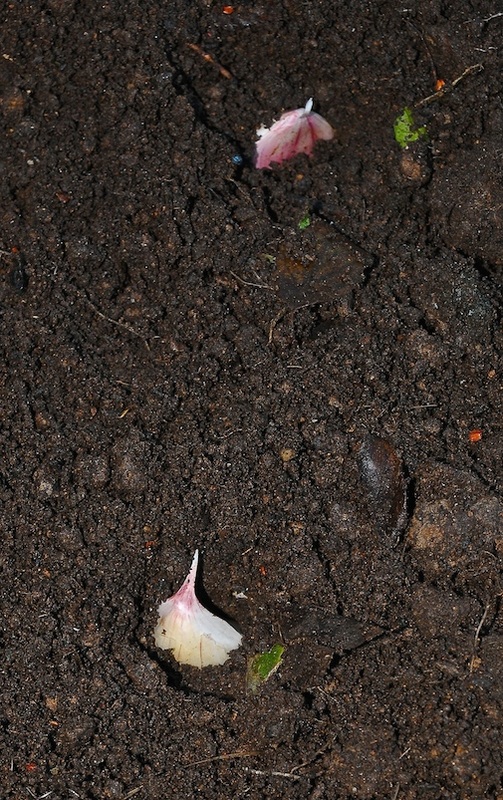
 RSS Feed
RSS Feed










